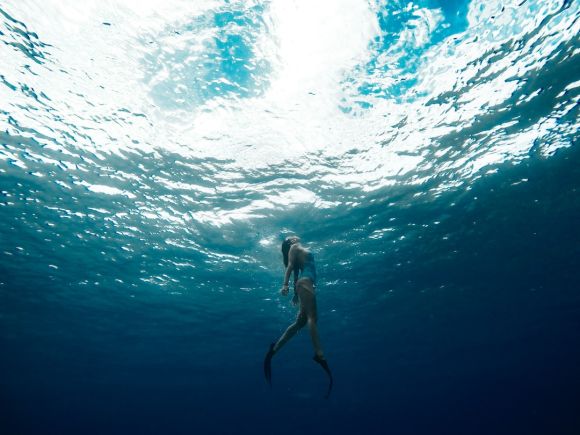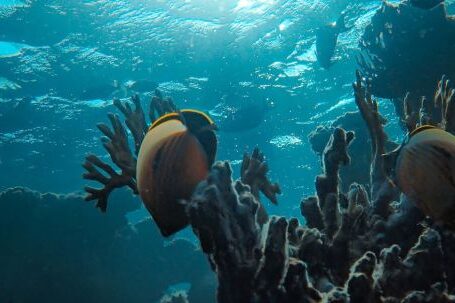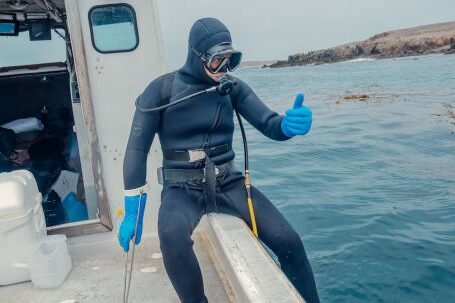Underwater propulsion plays a crucial role in various industries, including marine research, military operations, and recreational diving. As technology continues to evolve, so do the techniques used for underwater propulsion. In this article, we will explore some of the advanced techniques that are revolutionizing the way we navigate and explore the underwater world.
1. Jet Propulsion Systems: Harnessing the Power of Water
Jet propulsion systems are becoming increasingly popular for underwater propulsion. These systems work by drawing in water and expelling it at high velocity, propelling the user forward. Unlike traditional propeller systems, jet propulsion systems offer greater maneuverability and efficiency. By controlling the direction and force of the water flow, divers can easily navigate through tight spaces and overcome strong currents.
2. Electric Thrusters: Silent and Efficient
Electric thrusters are another advanced technique used for underwater propulsion. These thrusters utilize electric motors to generate propulsion, eliminating the need for combustible fuels. Not only are electric thrusters more environmentally friendly, but they also produce less noise, making them ideal for scientific research and military operations where stealth is crucial. Additionally, electric thrusters offer precise control and high efficiency, allowing divers to conserve energy and extend their underwater exploration time.
3. Biomimetic Propulsion: Inspired by Nature
Nature has always been a source of inspiration for innovation, and underwater propulsion is no exception. Biomimetic propulsion techniques mimic the movements of marine creatures, such as fish and dolphins, to achieve efficient propulsion. By studying the hydrodynamics of these animals, engineers have developed propulsion systems that replicate their swimming motions. These biomimetic systems not only provide efficient propulsion but also reduce drag and increase maneuverability, making them highly desirable for underwater vehicles and robotic systems.
4. Hybrid Propulsion Systems: Combining the Best of Both Worlds
Hybrid propulsion systems combine different techniques to maximize efficiency and performance. By integrating jet propulsion systems with electric thrusters or other propulsion methods, divers can benefit from the advantages of each system. For example, a hybrid system may use a jet propulsion system for high-speed maneuvers and an electric thruster for slow and precise movements. This combination allows divers to adapt to various underwater conditions and optimize their propulsion capabilities.
5. Propulsion Enhancements: From Fins to Exoskeletons
Aside from advanced propulsion systems, there are also various enhancements that can improve underwater propulsion. Fins, for instance, have long been used as a means of propulsion, allowing divers to swim more efficiently. However, modern fins are now designed with advanced materials and hydrodynamic profiles to further enhance performance. Additionally, exoskeletons equipped with propulsion mechanisms can provide divers with a significant boost in speed and power, making them ideal for deep-sea exploration and underwater construction tasks.
In conclusion, underwater propulsion techniques have come a long way, thanks to advancements in technology and engineering. Jet propulsion systems, electric thrusters, biomimetic propulsion, hybrid systems, and propulsion enhancements are just a few of the many advanced techniques that are revolutionizing the way we explore and navigate the underwater world. As these techniques continue to evolve, we can expect even greater efficiency, maneuverability, and control in future underwater propulsion systems. Whether it’s for scientific research, military operations, or recreational diving, these advancements are opening up new possibilities and pushing the boundaries of what is possible beneath the surface of the water.





